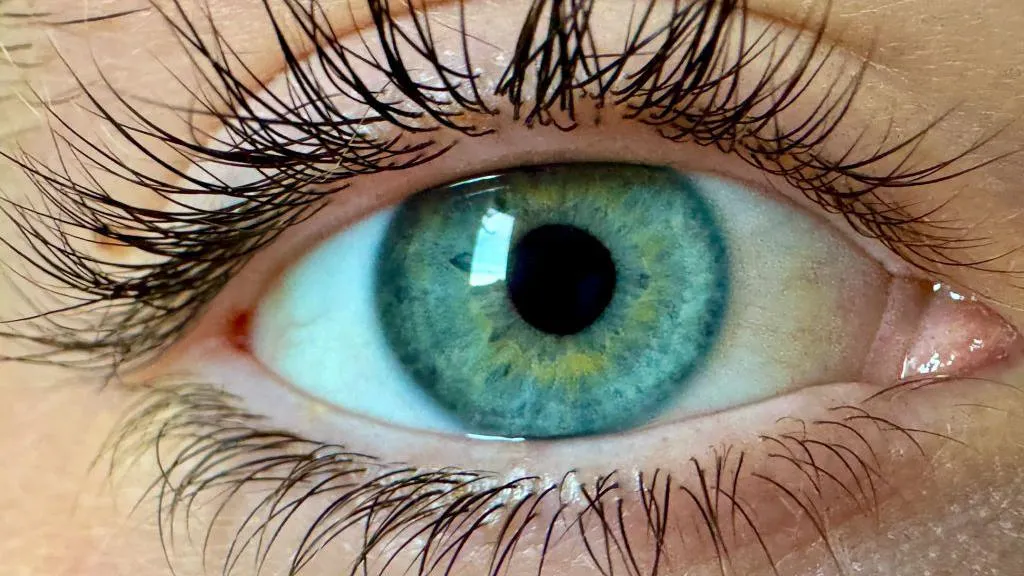
 Getty Images
Getty ImagesA team of scientists claim to have discovered a new colour that no human has ever seen before.
The research follows an experiment in which researchers in the US had laser pulses fired into their eyes.
By stimulating specific cells in the retina, the participants claim to have witnessed a blue-green colour that scientists have called "olo", but some experts have said the existence of a new colour is "open to argument".
The findings, published in the journal Science Advances on Friday, have been described by the study's co-author, Prof Ren Ng from the University of California, as "remarkable".
He and his colleagues believe that the results could potentially further research into colour blindness.
Prof Ng, who was one of five people to take part in the experiment, told BBC Radio 4's Today programme on Saturday that olo was "more saturated than any colour that you can see in the real world".
"Let's say you go around your whole life and you see only pink, baby pink, a pastel pink," he said.
"And then one day you go to the office and someone's wearing a shirt, and it's the most intense baby pink you've ever seen, and they say it's a new colour and we call it red."
During the team's experiment, researchers shined a laser beam into the pupil of one eye of each participant.
There were five participants in the study - four male and one female - who all had normal colour vision. Three of the participants - including Prof Ng - were co-authors of the research paper.
According to the research paper, the participants looked into a device called Oz which consists of mirrors, lasers and optical devices. The equipment was designed previously by some of the involved researchers - a team of scientists from UC Berkeley and the University of Washington, and updated for use in this study.
The retina is a light-sensitive layer of tissue at the back of the eye responsible for receiving and processing visual information. It converts light into electrical signals, which are then transmitted to the brain via the optic nerve, enabling us to see.
The retina includes cone cells, which are cells responsible for perceiving colour.
There are three types of cone cells in the eye - S, L and M - and each one is sensitive to different wavelengths of blue, red and green respectively.
According to the research paper, in normal vision, "any light that stimulates an M cone cell must also stimulate its neighbouring L and/or S cones", because its function overlaps with them.
However, in the study, the laser only stimulated M cones, "which in principle would send a colour signal to the brain that never occurs in natural vision", the paper said.
This means the colour olo could not been seen by a person's naked eye in the real world without the help of specific stimulation.
To verify the colour observed during the experiment, each participant adjusted a controllable colour dial until it matched olo.
Some experts, however, say the new perceived colour is a "matter of interpretation".
Prof John Barbur, a vision scientist at City St George's, University of London, who was not involved in the study, said that while the research is a "technological feat" in stimulating selective cone cells, the discovery of a new colour is "open to argument".
He explained that if, for example, the red cone cells (L) were stimulated in large numbers, people would "perceive a deep red", but the perceived brightness may change depending on changes to red cone sensitivity, which is not unlike what happened in this study.
But the study's co-author Prof Ng admitted that although olo is "certainly very technically difficult" to see, the team is studying the findings to see what it could potentially mean for colour blind people, who find it difficult to distinguish between certain colours.